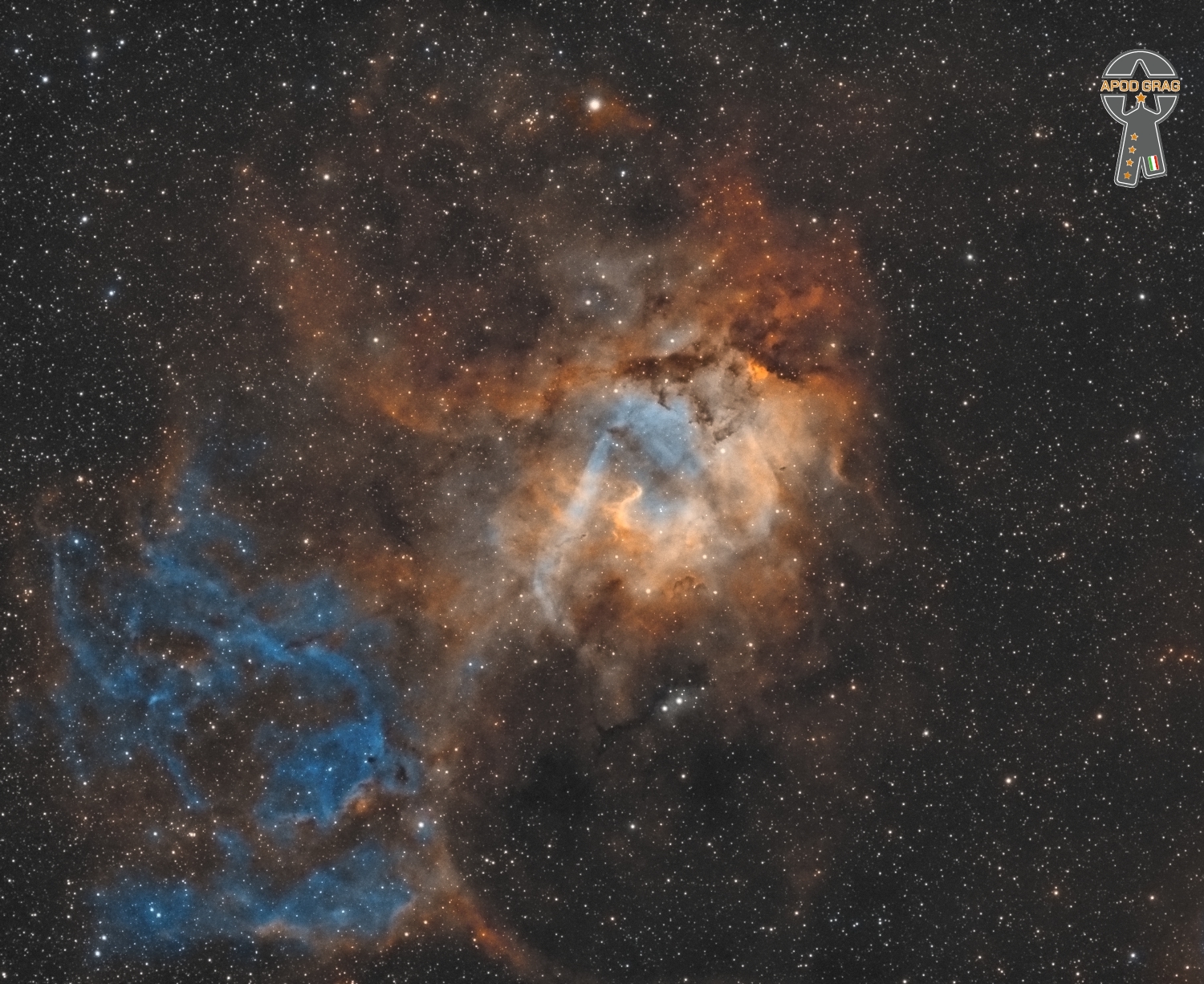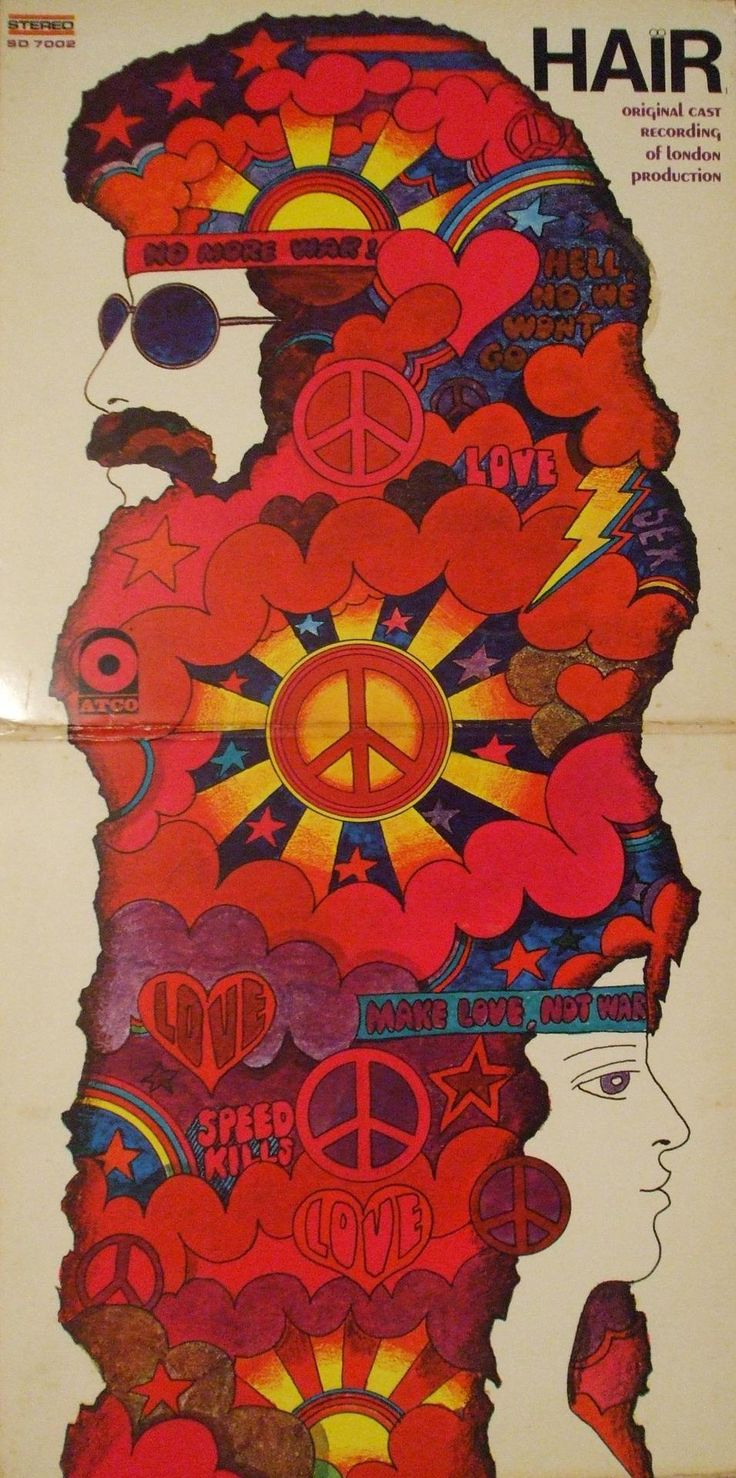Blog
Billy Taylor (July 24, 1921 – December 28, 2010) was an American jazz pianist, composer, broadcaster and educator. He was the Robert L. Jones Distinguished Professor of Music at East Carolina University in Greenville, and from 1994 was the artistic director for jazz at the John F. Kennedy Center for the Performing Arts in Washington, D.C.
A jazz activist, Taylor sat on the Honorary Founders Board of The Jazz Foundation of America, an organisation he founded in 1989, with Ann Ruckert, Herb Storfer and Phoebe Jacobs, to save the homes and the lives of America’s elderly jazz and blues musicians, later including musicians who survived Hurricane Katrina.
Taylor was a jazz educator, who lectured in colleges, served on panels and travelled worldwide as a jazz ambassador. Critic Leonard Feather once said, “It is almost indisputable that Dr. Billy Taylor is the world’s foremost spokesman for jazz.”
Taylor was born in Greenville, North Carolina, but moved to Washington, D.C., when he was five years old. He grew up in a musical family and learned to play different instruments as a child, including guitar, drums and saxophone. He was most successful at the piano, and had classical piano lessons with Henry Grant, who had educated Duke Ellington a generation earlier. Taylor made his first professional appearance playing keyboard at the age of 13 and was paid one dollar.
https://www.youtube.com/watch?v=mdG9JSdlE-k
more...Thor’s Helmet, NGC 2359 is a hat-shaped cosmic cloud with wing-like appendages. Heroically sized even for a Norse god, Thor’s Helmet is about 30 light-years across. In fact, the cosmic head-covering is more like an interstellar bubble, blown with a fast wind from the bright, massive star near the bubble’s center. Known as a Wolf-Rayet star, the central star is an extremely hot giant thought to be in a brief, pre-supernova stage of evolution. NGC 2359 is located about 15,000 light-years away toward the constellation of the Great Overdog. This remarkably sharp image is a mixed cocktail of data from broadband and narrowband filters, capturing not only natural looking stars but details of the nebula’s filamentary structures. The star in the center of Thor’s Helmet is expected to explode in a spectacular supernova sometime within the next few thousand years.

Carlos Humberto Santana Barragán (born July 20, 1947) is a Mexican-American guitarist who rose to fame in the late 1960s and early 1970s with his band Santana, which pioneered a fusion of rock ‘n’ roll and Latin American jazz. Its sound featured his melodic, blues-based lines set against Latin American and African rhythms played on percussion instruments not generally heard in rock, such as timbales and congas. He experienced a resurgence of popularity and critical acclaim in the late 1990s. In 2015, Rolling Stone magazine listed him at No. 20 on their list of the 100 greatest guitarists. He has received 10 Grammy Awards and three Latin Grammy Awards, and was inducted along with his namesake band into the Rock and Roll Hall of Fame in 1998. Santana was born in Mexico on July 20, 1947. He learned to play the violin at age five and the guitar at age eight, under the tutelage of his father, who was a mariachi musician. His younger brother, Jorge, also became a professional guitarist. Santana was heavily influenced by Ritchie Valens at a time when there were very few Mexicans in American rock music. The family moved from Autlán to Tijuana, on the border with the U.S. They then moved to San Francisco, California, where his father had steady work. In October 1966, Santana started the Santana Blues Band. By 1968, the band had begun to incorporate different types of influences into their electric blues. Santana later said, “If I would go to some cat’s room, he’d be listening to Sly [Stone] and Jimi Hendrix; another guy to the Stones and the Beatles.
more...Charles Lacy Tyler (July 20, 1941 – June 27, 1992) was an American jazz baritone saxophonist. He also played alto saxophone and clarinet.
Tyler was born in Cadiz, Kentucky, and spent his childhood years in Indianapolis. He played piano as a child and clarinet at 7, before switching to alto in his early teens, and finally baritone saxophone. During the summers, he visited Chicago, New York City and Cleveland, Ohio, where he met the young tenor saxophonist Albert Ayler at age 14. After serving in the army from 1957–1959, Tyler relocated to Cleveland in 1960 and began playing with Ayler, commuting between New York and Cleveland. During that period played with Ornette Coleman and Sunny Murray.
In 1965 Tyler recorded Bells and Spirits Rejoice with Ayler’s group. He recorded his first album as leader the following year for ESP-Disk. He returned to Indianapolis to study with David Baker at Indiana University between 1967 and 1968, recording a second album for ESP, Eastern Man Alone. In 1968, he transferred to the University of California, Berkeley to study and teach. In Los Angeles, he worked with Arthur Blythe, Bobby Bradford, and David Murray.
more...Ernest Brooks Wilkins Jr. (July 20, 1919 – June 5, 1999) was an American jazz saxophonist, conductor and arranger who spent several years with Count Basie. He also wrote for Tommy Dorsey, Harry James, and Dizzy Gillespie. He was musical director for albums by Cannonball Adderley, Dinah Washington, Oscar Peterson, and Buddy Rich.
Wilkins was born in St. Louis, Missouri. In his early career he played in a military band, before joining Earl Hines‘s last big band. He worked with Count Basie from 1951 to 1955, eventually leaving to work free-lance as a jazz arranger and songwriter. His success declined in the 1960s, but revived after work with Clark Terry, leading to a tour of Europe.
more...SH2-132 also called The Lion Nebula” due to its shape is a faint nebula in Cepheus. It is an extremely low surface gloss emission mist on the boundaries of the constellations of Cepheus and Lacerta. As a member of the Cep OB1 association in the Perseus arm of our galaxy, its distance is around 10,000 light-years. The Wolf-Rayet star in the object is responsible for the ionizing of radiant hydrogen and oxygen gas clouds.

Keith Richard Godchaux (July 19, 1948 – July 23, 1980) was a pianist best known for his tenure in the rock group the Grateful Dead from 1971 to 1979.
Godchaux was born in Seattle, Washington, and grew up in Concord, California, a regional suburban center within the East Bay of the San Francisco Bay Area. He began piano lessons at age five at the instigation of his father (a semi-professional musician) and subsequently played Dixieland and cocktail jazz in professional ensembles as a teenager. According to Godchaux, “I spent two years wearing dinner jackets and playing acoustic piano in country club bands and Dixieland groups…I also did piano bar gigs and put trios together to back singers in various places around the Bay Area…[playing] cocktail standards like ‘Misty‘ the way jazz musicians resentfully play a song that’s popular – that frustrated space… I just wasn’t into it… I was looking for something real to get involved with – which wouldn’t necessarily be music”. He met and married former FAME Studios session vocalist Donna Jean Thatcher in November 1970; their son Zion, of the band BoomBox, was born in 1974.
Godchaux sustained massive head injuries in an auto accident while being driven home on his birthday by noted tie-dye artist Courtenay Pollock (who was hosting the Godchauxs at his home in San Geronimo, California as they worked with their new band) in July 1980. Shortly before the accident, he professed to Pollock that he was “the happiest I’ve ever felt in my life.”[14] He died at the age of 32 on July 23, 1980, four days after his birthday
more...Retaining his stage name, George Frayne had a subsequent solo career, touring and releasing albums from 1977 on under various names including Commander Cody, the Commander Cody Band, Commander Cody and His Modern Day Airmen, and Commander Cody and His Western Airmen.
Frayne is also an artist. He received a bachelor’s in design from the University of Michigan in 1966 and a master’s in Sculpture and Painting from the Rackham School of Graduate Studies of the University of Michigan in 1968. He taught at University of Michigan and the University of Wisconsin-Oshkosh, and has had his art exhibited at numerous shows. He is a student of cinematography, and has a video (Two Triple Cheese Side Order of Fries) in the Museum of Modern Art‘s permanent video archive. He has assembled many old movies to go with the band’s music as shown on his youtube channel. Some of his paintings are oversized, most are medium-sized acrylics and present pop art images from media sources and historic photos. His book, Art Music and Life was released by Qualibre Publications in 2009 and is a mix of his best work and anecdotal comments and related stories. He still does portraits of famous automobiles for the Saratoga Auto Museum in Saratoga Springs, New York, where he currently resides.
George’s brother Chris Frayne is credited with the cover art for the Lost in the Ozone, Sleazy Roadside Stories, Hot Licks, Cold Steel & Truckers’ Favorites, and Country Casanova albums. He shared credit with George for the album cover for Aces High, and designed other album covers in the music industry. Chris Frayne died in 1992 of multiple sclerosis
more...Philip Upchurch (born July 19, 1941) is an American jazz and blues guitarist.
Upchurch started his career working with the Kool Gents, the Dells, and the Spaniels, before going on to work with Curtis Mayfield, Otis Rush, and Jimmy Reed. (His association with Kool Gents member Dee Clark would continue, including playing guitar on Clark’s 1961 solo hit “Raindrops“.) He then returned to Chicago to play and record with Woody Herman, Stan Getz, Groove Holmes, B.B. King, and Dizzy Gillespie.
In 1961, his record “You Can’t Sit Down” by the Philip Upchurch Combo, sold over one million copies and was awarded a gold disc. “You Can’t Sit Down, Part 2” peaked at No. 29 on the Billboard charts in the US. And he released his first album. In the 1960s he toured with Oscar Brown, appearing on the 1965 live album, Mr. Oscar Brown, Jr. Goes to Washington. In the mid-1960s he was house guitarist of Chess Records and he played with The Dells, Howlin’ Wolf, Muddy Waters and Gene Chandler.[2] He also played with John Lee Hooker, Grover Washington, Jr. and Cannonball Adderley. Upchurch was part of a group called the Soulful Strings during the 1960s, prior to working with Rotary Connection on Chess’s Cadet label.
more...1936 – 1996
An excellent hard bop trumpeter, Carmell Jones would probably have been much better-known today if he had not moved to Europe in the mid-’60s at the height of his career.
In 1960, after two years in the army and two years at the University of Kansas as a music education and trumpet major, Carmell left the midwest and became a studio musician in California. He recorded with artists such as Sammy Davis, Jr, Bob Hope, and Nelson Riddle. During this chapter in the Carmell Jones success story, he was being compared to Clifford Brown and Fats Navarro.
Carmell developed a close association with Bud Shank as a member of his quintet. He recorded with many other notables and most importantly, he recorded his first album under his own name and contract with Pacific Jazz – The Remarkable Carmell Jones. Thinking back about those days, Carmell said, “I’ve probably played with all of the bands that you’ve heard of.” Jones recorded a couple of albums as a leader for Pacific Jazz and made records with Bud Shank, Harold Land, Curtis Amy, and most significantly Gerald Wilson’s Orchestra (1961-1963).
Jones toured with Horace Silver for a year (1964-1965), recording the original version of “Song for My Father” with Silver before moving to Berlin. He was invited by Joachim Berendt, the German jazz critic who had heard Jones while in Kansas City, to go to Germany to play and record.
more...Bobby Lee Bradford (born July 19, 1934) is an American jazz trumpeter, cornetist, bandleader, and composer. He is noted for his work with Ornette Coleman. In October 2009, Bradford became the second recipient of the Festival of New Trumpet Music‘s Award of Recognition.
Bobby Lee Bradford’s life began in Mississippi; he and his family then moved to Dallas, Texas, in 1946. He moved to Los Angeles, California, in 1953 where he reunited with Ornette Coleman, whom he had previously known in Texas. Bradford subsequently joined Coleman’s ensemble, but was drafted into the U.S. Air Force and replaced by Don Cherry.
more...HAIR music concert by Theatre 55 Sunday Matinee 7-18-21 at 3pm in Caponi Art Park. Concluding this weekends performances. Music with Victor Zupanc, Jamie Carter, Devon Olson and mick laBriola.

Young blue stars circling the galactic center dominate. A mere 2.5 million light-years away, the Andromeda Galaxy, also known as M31, really is just next door as large galaxies go. Spanning about 230,000 light-years, it took 11 different image fields from NASA’s Galaxy Evolution Explorer (GALEX) satellite telescope to produce this gorgeous portrait of the spiral galaxy in ultraviolet light in 2003. While its spiral arms stand out in visible light images, Andromeda’s arms look more like rings in ultraviolet. The rings are sites of intense star formation and have been interpreted as evidence that Andromeda collided with its smaller neighboring elliptical galaxy M32 more than 200 million years ago. The Andromeda galaxy and our own comparable Milky Way galaxy are the most massive members of the Local Group of galaxies and are projected to collide in several billion years — perhaps around the time that our Sun’s atmosphere will expand to engulf the Earth.

more...
Mthutuzeli Dudu Pukwana (18 July 1938 – 30 June 1990) was a South African saxophonist, composer and pianist (although not known for his piano playing).
Dudu Pukwana was born in Walmer Township, Port Elizabeth, South Africa. He grew up studying piano in his family, but in 1956 he switched to alto sax after meeting tenor sax player Nikele Moyake. In 1962, Pukwana won first prize at the Johannesburg Jazz Festival with Moyake’s Jazz Giants (1962 Gallo/Teal). In his early days he also played with Kippie Moeketsi. Chris McGregor then invited him to join the pioneering Blue Notes sextet,[2]where he played along with Mongezi Feza, Nikele Moyake, Johnny Dyani and Louis Moholo. Although the Blue Notes are often considered McGregor’s group, Pukwana was initially the principal composer and all the group members had pivotal roles.
more...More Posts
- Temple Israel Tot Shabbat
- Friday the 13th 2024
- Cosmos Rho Ophiuchi
- Bill Monroe
- Chu Berry
- Arnold Schoenberg
- Flamenco Fridays Olga Pericet
- Daily Roots Declaration of Rights (Get Up & Fight)
- Cosmos NGC 1333
- Neil Peart
- Maria Muldaur
- “Papa” John DeFrancesco
- World Music Jawa
- Daily Roots Joe Higgs
- 911 Memorial 2024
- Cosmos M42
- Mickey Hart
- Leo Kottke
- Victor Wooten
- Hiram Bullock